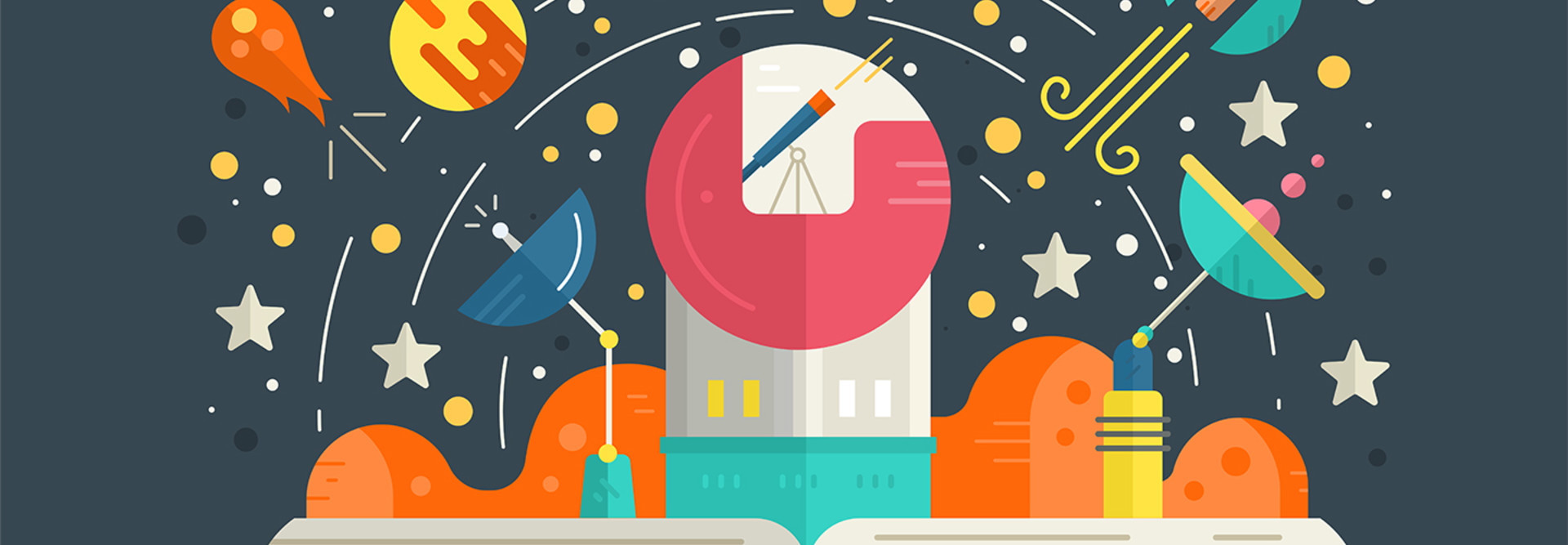3 Benefits of Establishing a ‘Genius Hour’
For K–12 schools, a large emphasis has been put on using technology to teach students future-ready skills. But some experts indicate that allowing students to explore their own interests with technology is key to fostering other important skills.
That’s where “genius hour” comes in. Using this teaching practice, teachers set aside about 20 percent of class time each year (often weekly) for students to learn about whatever interests them. By adopting this self-guided learning practice, teachers find they can encourage active use of technology and also meet important state learning standards.
1. Genius Hour Fosters Lifelong Creativity, Critical Thinking
In a recent podcast, tech industry experts from Google, Twitter and Pinterest discussed what they think today’s students need to succeed in an ever-changing industry. While technical skills are important, the experts largely believe that fostering soft skills, like curiosity, are integral to career success. Also, by using technology to explore their interests, students are less likely to be intimidated by it.
“I think we should cultivate being unafraid of technical things,” says Twitter’s Ryan Greenberg. “I think it’s important to arrive with the skill that you are capable of learning anything — even if it’s technical.”
Genius hour also helps to facilitate a culture of learning that students will carry with them into all of their endeavors.
2. Exploration Lets Students Create Using Technology
A big component of future-ready tech use is making sure that students are using tools actively. Much of active learning is done by creating something instead of just consuming.
“The demand for creation isn’t going away anytime soon, whether that’s digital content or physical content,” writes blogger Matt Miller on EdTech. “Students who are willing to be creators will be at a huge advantage.”
Many genius hour programs are taking place in library makerspaces, which are geared toward creating, School Library Journal reports. Also, the process of creating in a genius hour space often mimics the formality of creating in a job.
At Yealey Elementary in Kentucky, educator Craig Dunlap has his students submit proposals for their projects in a shared OneNote Class Notebook, the journal reports.
3. Genius Hour Is an Innovative Way to Meet Standards
Often for educators, meeting learning standards is one of the reasons they don’t engage more actively in tech use. But, just as tools like "Minecraft: Education Edition" can help meet science standards, genius hour projects can align with statewide standards.
“Genius Hour is time that students are given to work on projects that relate to both their interests and the curriculum,” writes educator Matthew Farber on Edutopia. “One of the obstacles to adopting 20 percent time in a classroom can be meeting standards.”
Farber writes that as he implemented research-based history genius hours, he made sure his students were meeting a Common Core standard for history, as well as state standards. Farber suggests creating a generic lesson objective that meets standards and then letting students explore it in their own ways.









